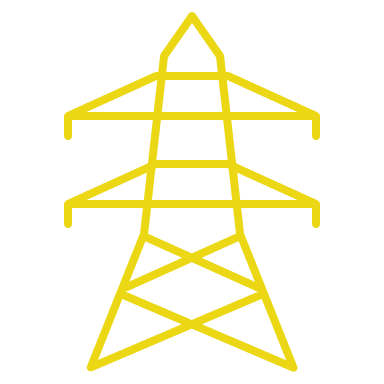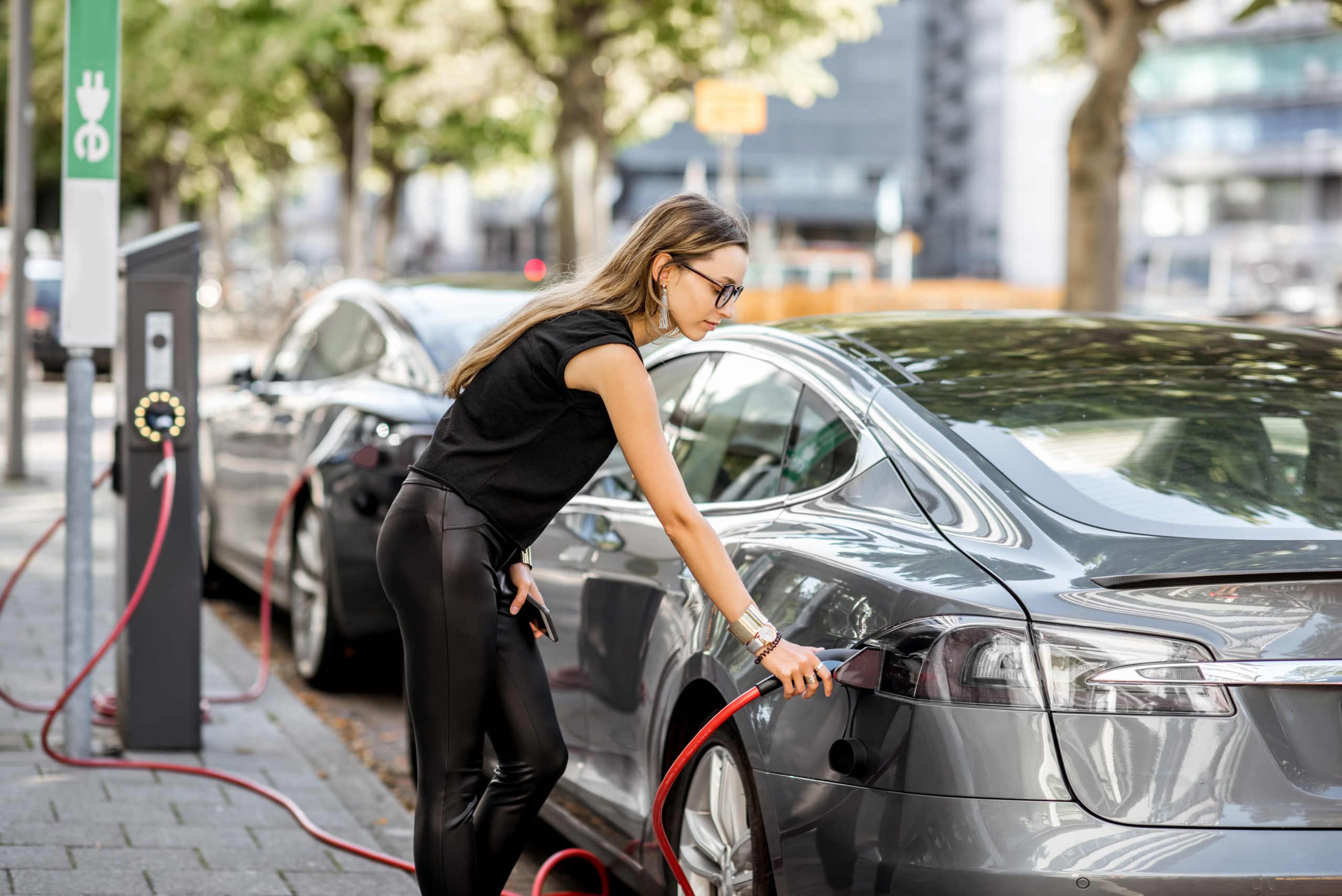
Innovation
Innovation
IEA members invest heavily in electric and natural gas infrastructure improvements in Indiana to aid in modernizing utility systems. Examples include investments in power plants, renewables, substations, circuits, underground cables, electric breakers/ transformers, the replacement and upgrade of natural gas transmission lines and distribution mains, and the extension of natural gas for economic development purposes.
In fact, more than $4B will be invested in aging infrastructure, modernization, and new development over the next five to seven years. The result of this investment has been an increase in safety, reliability and economic growth statewide, including in underserved areas. It also supports innovation and improves the customer experience.

Transmission
Indiana is part of two Regional Transmission Organizations – MISO and PJM. These RTOs coordinate, control and monitor the operation of the electrical power system across different regions.
Over the coming years, our transmission system will be upgraded across the Midwest to enable the delivery of reliable and affordable energy and further diversify resources.
For more information, please visit: MISO Board Approves $10.3B in Transmission Projects (misoenergy.org).
Drivers of Change
How the transportation industry is evolving

TECHNOLOGICAL ADVANCEMENTS

AUTOMOTIVE INDUSTRY INVESTMENTS

FEDERAL + STATE POLICIES

GRANT
FUNDING
Here are just a few of the many ways that energy providers can help advance the industry:
In fact, the Indiana Volkswagen Environmental Mitigation Trust Program Committee (committee) approved $5.535 million in funding to the Indiana Utility Group to install at least 61 DC Fast electric vehicle (EV) charging stations across Indiana at its meeting on May 20, 2021. For more information, visit: https://events.in.gov

Natural Gas Vehicles (NGVs)
Light-duty vehicles are typically equipped with dedicated or bi-fuel systems, while heavy-duty vehicles use dedicated or dual-fuel systems. CNG vehicles store natural gas in tanks where it remains in a gaseous state. More fuel can be stored onboard a vehicle using LNG because the fuel is stored as a liquid, making its energy density greater than that of CNG. In the US, there are currently more than 175,000 NGVs operating and more than 23 million on the roads worldwide.
Source: https://ngvamerica.org
Fueling Stations and Corridors
As of 2020, there are 62 public LNG fuel stations and 876 public CNG fueling stations in the United States. In Indiana, there are 11 private LNG fuel stations and 25 public CNG stations. There are currently 8 designated CNG corridors and 2 pending LNG corridors in Indiana. Use the Alternative Fuel Station Locator to find a station ↓
Natural Gas Vehicles (NGVs)
Light-duty vehicles are typically equipped with dedicated or bi-fuel systems, while heavy-duty vehicles use dedicated or dual-fuel systems. CNG vehicles store natural gas in tanks where it remains in a gaseous state. More fuel can be stored onboard a vehicle using LNG because the fuel is stored as a liquid, making its energy density greater than that of CNG. In the US, there are currently more than 175,000 NGVs operating and more than 23 million on the roads worldwide.
Source: https://ngvamerica.org
Fueling Stations and Corridors
As of 2020, there are 62 public LNG fuel stations and 876 public CNG fueling stations in the United States. In Indiana, there are 11 private LNG fuel stations and 25 public CNG stations. There are currently 8 designated CNG corridors and 2 pending LNG corridors in Indiana. Use the Alternative Fuel Station Locator to find a station ↓

